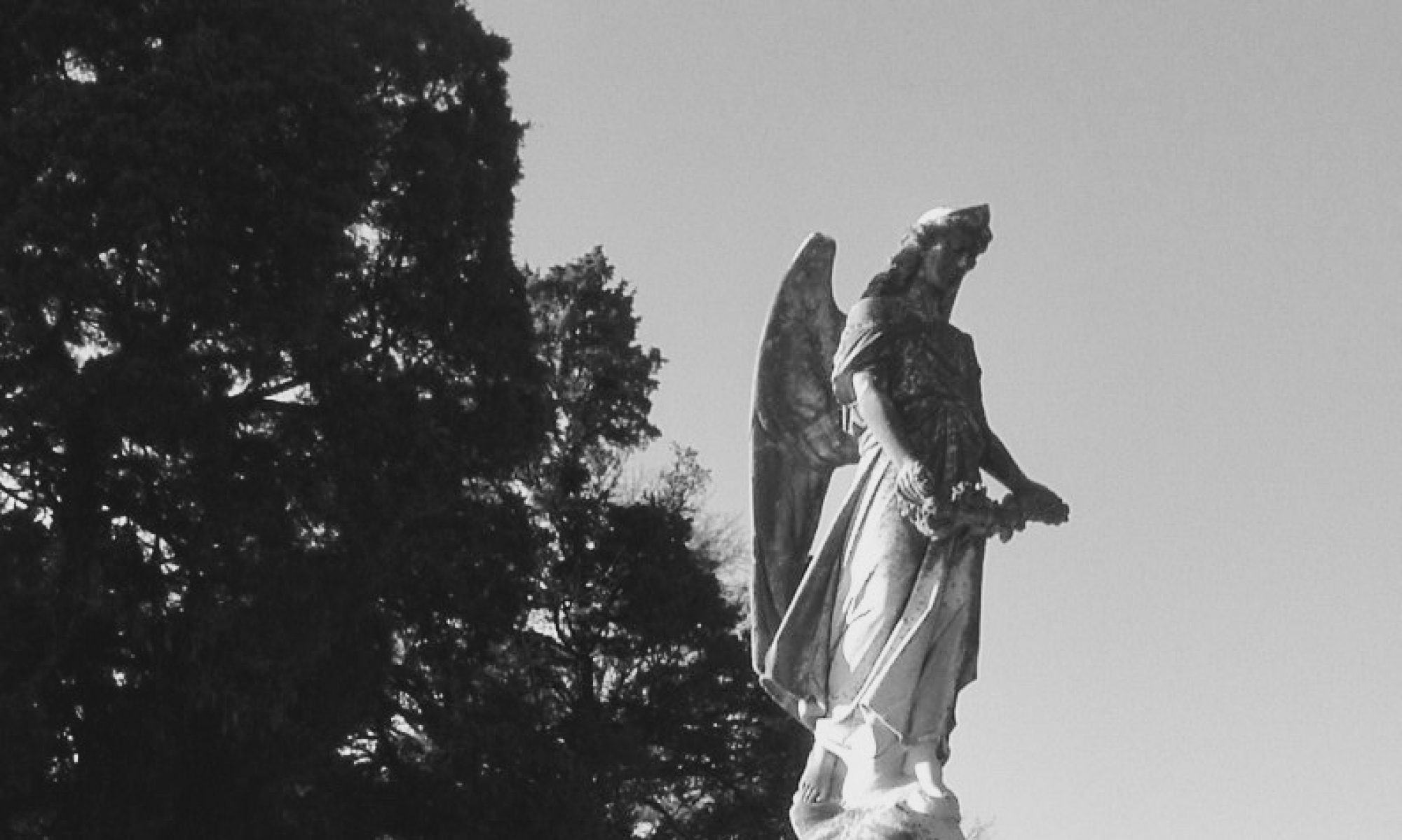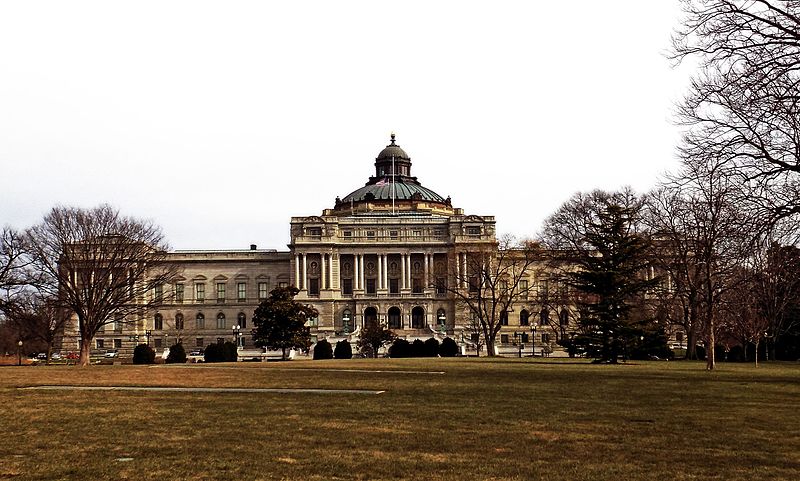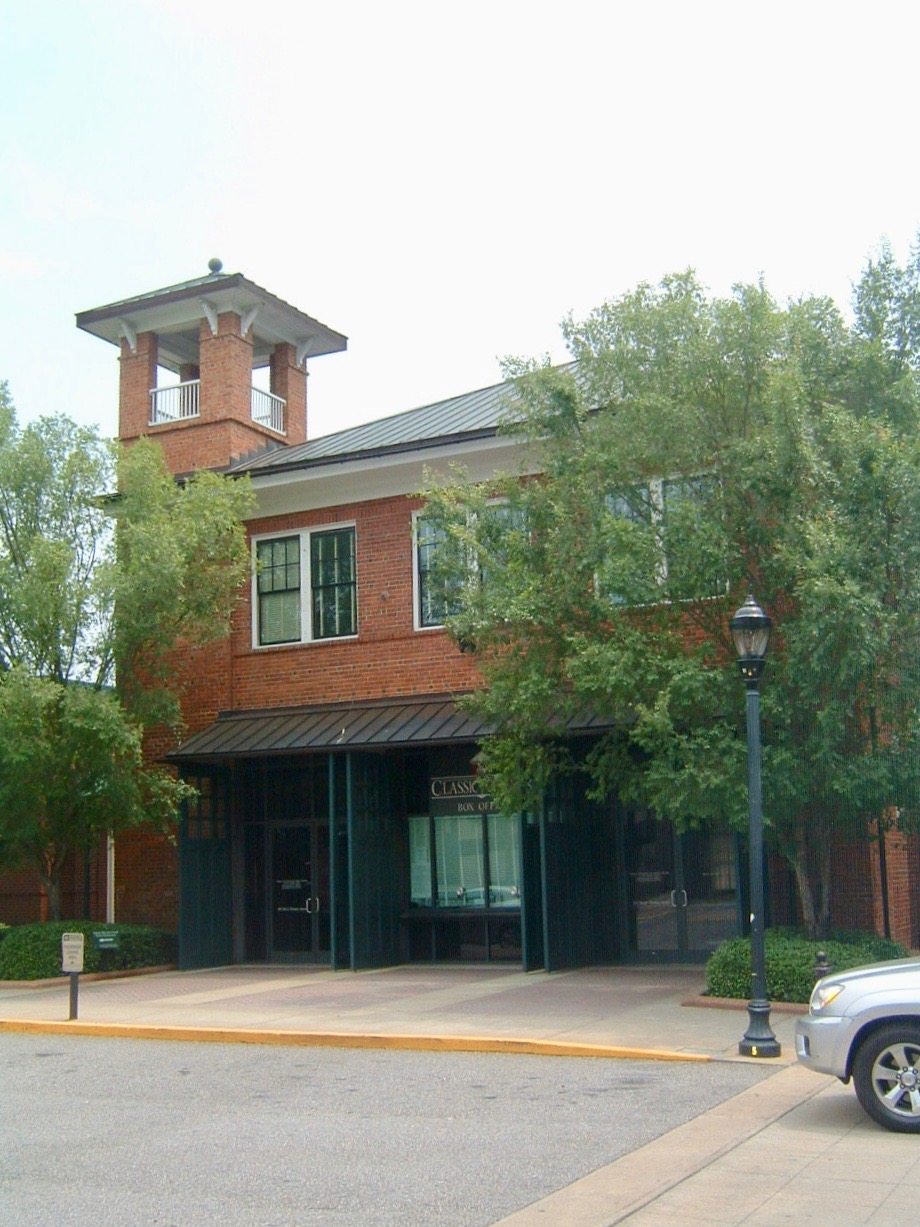Several years before I started this blog in 2010, a series of articles by George Eberhart about haunted libraries was published in the Encyclopedia Britannica Blog. This comprehensive list, still up on the now defunct blog, covers perhaps a few hundred libraries throughout the world with a concentration on the United States. After perusing the list and noting the many Southern libraries missing from the list, I’ve decided to create my own list here.
Like theatres, it seems that every good library has its own ghost. George Eberhart argues that there are two reasons for libraries to be haunted: one, that the library inhabits a building that may have been the scene of a tragedy, or two, that the library may be haunted by a former librarian or benefactor who may continue to watch over it.
For other haunted Southern libraries, see my entries on Alabama, the District of Columbia, Kentucky, Louisiana, and West Virginia.
Biloxi Public Library
580 Howard Avenue
Biloxi
Apparently, the Biloxi Public Library is not haunted, but it contains several haunted books. The books were donated in 2014 and the donor contacted the library a short time later to let them know that he and his family believed there was a spirit associated with them.
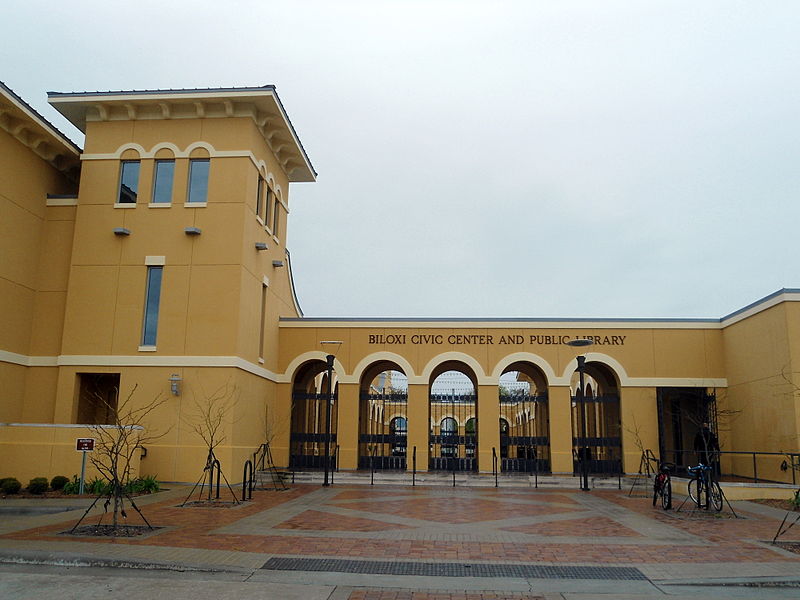
The donor told the library’s director that his wife acquired the books in the 1960s. For many years, the family had encounters with a female wraith. The director related to the Sun Herald what the gentleman told her, “They would be asleep, then wake up and see the figure of a woman with long, dark hair and what looked like a gauze-like dress. She would hover. When the person woke up, and the apparition startled them, it would disappear.”
While the library still has the books in its collections, no one has been approached by a hovering apparition.
Sources
- Smith, Tammy. “17 Coast ghost stories that will creep you out.” Sun Herald. 26 October 2016.
Lee County Library
219 North Madison Avenue
Tupelo
George Eberhart includes this library in his Britannica Blog article that was the inspiration for this series. Besides his listing, I cannot locate any further information about this haunting. According to Eberhart, this library, which occupies a 1971 building, sits on the site of the home of politician John Mills Allen. The library’s Mississippi Room utilizes elements from Allen’s home. Books are sometimes found on the floor and turn up missing from the book drop for which the spirit of Allen is blamed.
Sources
- Eberhart, George. “Library Ghosts: Southern U.S. ” Britannica Blog. 29 October 2008.
Meridian-Lauderdale County Public Library
2517 7th Avenue
Meridian
In 2008, a janitor working alone in the Meridian-Lauderdale County Public Library had a frightening experience. He was sitting down in the second-floor breakroom when he heard a feminine voice call his name. After searching the building for the mysterious woman, he discovered that he was totally alone.
Staff members have had many odd and creepy experiences in the library. A director reported hearing the elevator ding while he was working late alone in the building. When he investigated, he discovered that the elevator had not moved and there was no reason for the elevator to have dinged. He has also reported feeling a distinct chill accompanied by a feeling of uneasiness. Other staff members have heard voices and the crying of a child here, though no one has seen the spirit.
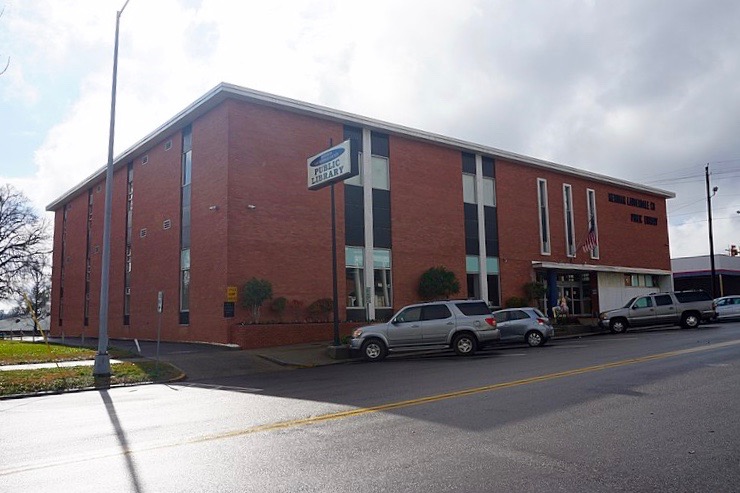
The library was built in 1967 in the International style that was en vogue at the time. The turn of the century home of A. J. Lyons was demolished to make way for the new library. Lyons’ wife, Josephine, committed suicide in the home. Some have posited that she may be the spirit in the library, though others believe that the spirit may be the shade of Jeanne Broach, the former head librarian. A stern, no-nonsense woman who fit the mold of the classic librarian, Ms. Broach served as head librarian from 1945 to 1975. Perhaps she continues to make sure that the library steadily fulfills its mission.
At the behest of the local newspaper, the Meridian Star, an investigation was conducted of the library in 2008. With author Alan Brown, investigators probed the entire library, but the evidence of a haunting was inconclusive.
Sources
- Brown, Alan. Haunted Meridian, Mississippi. Charleston, SC: History Press, 2011.
- Jacob, Jennifer. “Haunted places of East Mississippi and West Alabama: Meridian-Lauderdale County Public Library.” Meridian Star. 20 October 2008.
Noxubee County Library
103 East King Street
Macon
Occupying the old Noxubee County Jail, the library still retains some of the jail’s fittings as well as some of its spirits. See my article, “A Mississippi Dante—Noxubee County.”
Rowan Oak
916 Old Taylor Road
Oxford
N.B. Originally published as part of “Haunted Mississippi,” 27 January 2011.
“Maybe nothing ever happens once and is finished.”
— William Faulkner, Absalom, Absalom! (1936)
If the theory holds, residual hauntings are just that, something that happens but is never finished; a haunting where the dead still walk, cry, talk, or laugh among the living. These things are still heard at Rowan Oak the former home of perhaps one of the greatest, most complicated, and certainly most haunted of Southern writers, William Faulkner. The house where Faulkner lived much of his adult life was built around 1840 by Colonel Robert Shegog, and purchased by Faulkner in 1930.

The deteriorated state of the house matched the deteriorated condition of the rural South even over half a century after the Civil War. Faulkner, habitually low on money, performed much of the restoration himself. He and his wife experienced odd occurrences in the house and he explained it with the legend of Shegog’s daughter, Judith who he said died trying to sneak out of the house for a tryst with her lover. Researchers, however, have discovered that Judith never existed, but odd sounds still resonate through the old house. Perhaps they are the sounds of life that is unfinished?
While Rowan Oak is not technically a library, it is a literary shrine and Faulkner’s own personal library is preserved within this building.
Sources
- Hubbard, Sylvia Booth. Ghosts! Personal Accounts of Modern Mississippi Hauntings. Brandon, MS: Quail Ridge Press, 1992.
- Rettig, Polly M. National Register of Historic Places Nomination form for Rowan Oak. 30 March 1976.
- William Faulkner. Wikipedia, the Free Encyclopedia. Accessed 26 January 2011.
